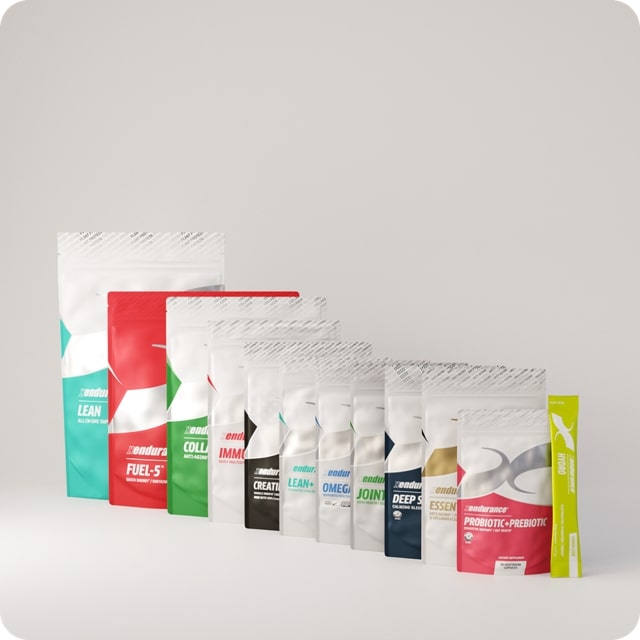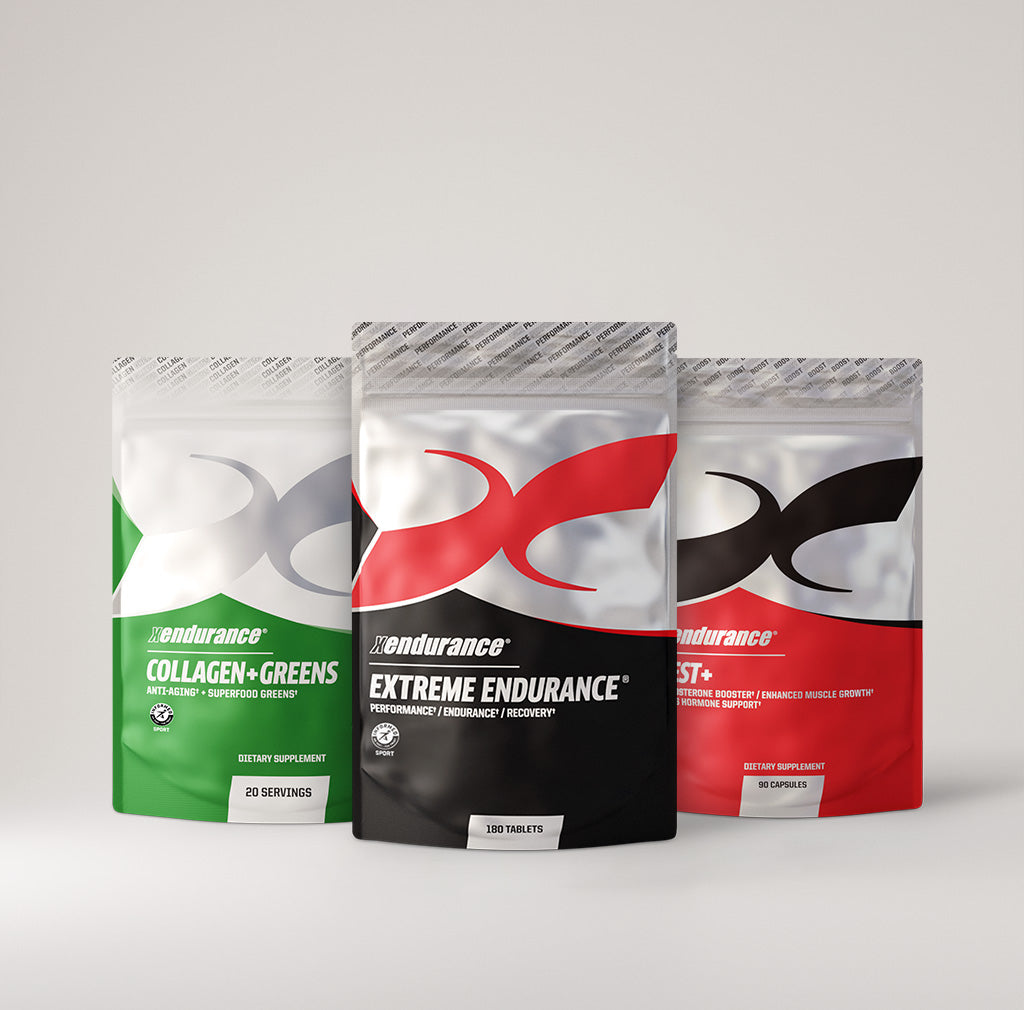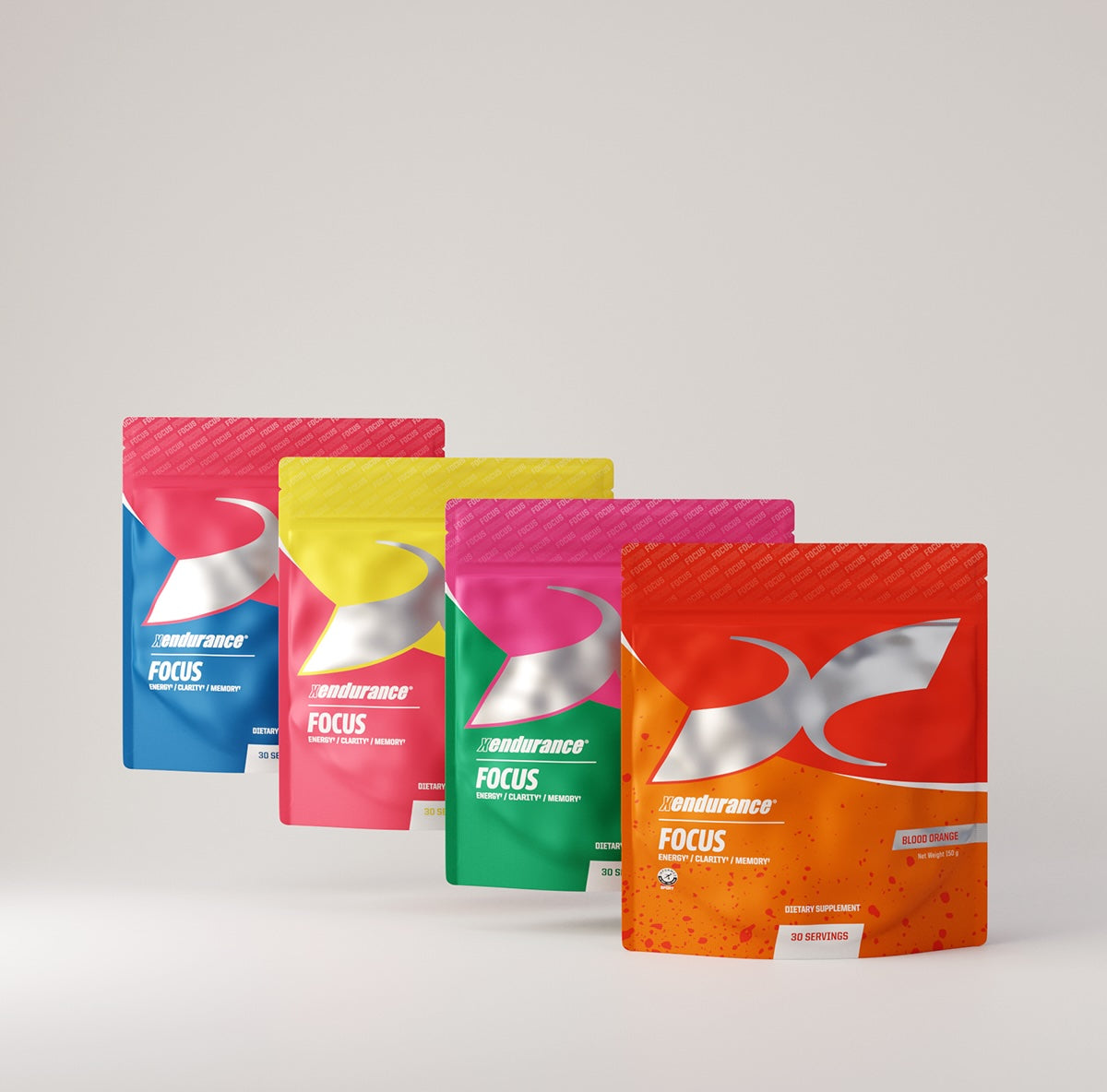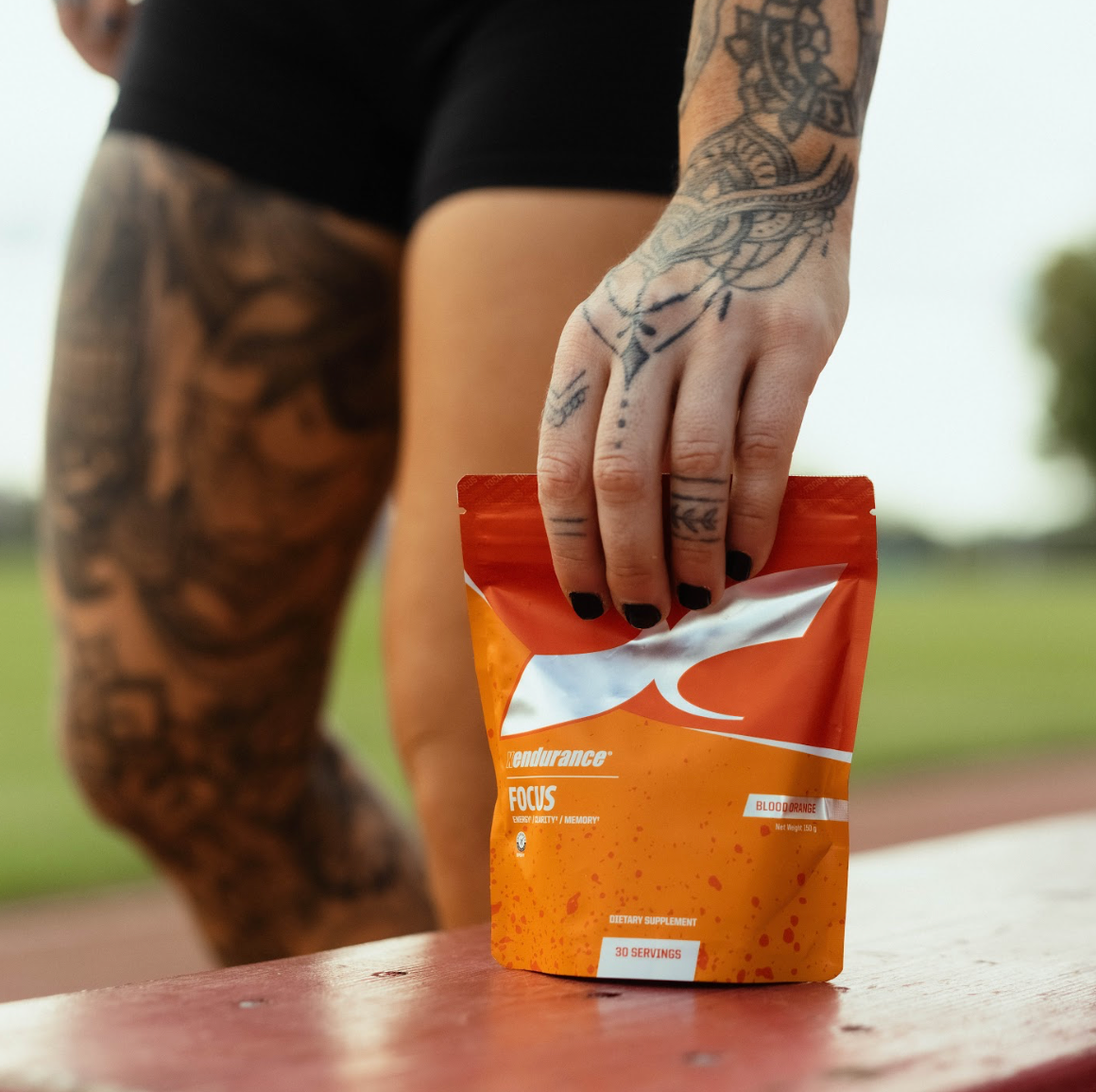If you've ever scrolled through a fitness feed or overheard a gym bro wax poetic about "T-levels," you might think testosterone is strictly a dude thing. Spoiler: It's not. Women produce testosterone too—about one-tenth the amount men do, but it's just as crucial for our vitality, strength, and spark. In a world that often reduces us to estrogen and progesterone, it's time to shine a light on this powerhouse hormone.
Testosterone isn't just about building biceps or boosting bedroom confidence; in women, it fuels everything from mood stability to bone density. Yet, myths persist: Too much makes you "manly," too little leaves you foggy and fatigued. As we dive into this 2025 deep-dive, we'll bust those myths, explore normal levels, functions, imbalances, natural fixes, and even touch on supplements like Xendurance Test+. Buckle up—this isn't your average hormone chat; it's an empowerment manifesto. Let's get into it.
Testosterone Levels: Men vs. Women—The Numbers Don't Lie
First things first: What's "normal" for T-levels? Testosterone is measured in nanograms per deciliter (ng/dL) via blood tests, ideally in the morning when levels peak. For men, the sweet spot hovers between 300 and 1,000 ng/dL in adulthood, peaking in the late teens to early 20s before a gradual 1-2% annual decline after age 30. This higher baseline supports their muscle mass, deeper voices, and higher energy demands.
Women? We're talking a fraction of that—typically 15-70 ng/dL for premenopausal folks, dropping to 7-40 ng/dL post-menopause. That's right: Our ovaries and adrenal glands churn out enough to keep things humming without the floodgates men experience. But don't let the lower numbers fool you; even small shifts can pack a punch. For context, total testosterone includes both bound (attached to proteins) and free (unbound, active) forms—the latter is often the real game-changer for symptoms.
These differences stem from biology: Men have larger testes dedicated to T-production, while women's output is more cyclical, influenced by menstrual phases. In the follicular phase (pre-ovulation), levels dip; post-ovulation, they rise slightly to support potential pregnancy. Age plays a role too—by menopause, women's T can halve, mirroring men's andropause. If you're testing, aim for a comprehensive panel including free T, SHBG (sex hormone-binding globulin), and estradiol to get the full picture.
The Vital Functions of Testosterone in Women
So, why does testosterone matter for us? It's not a supporting actor—it's essential for thriving. Primarily, T drives libido and sexual function. It heightens arousal, lubricates tissues, and enhances orgasm intensity, converting partly to estrogen for vaginal health. Low T? Cue diminished desire, painful sex, or that "meh" feeling toward intimacy.
Beyond the bedroom, T is a muscle and bone guardian. It promotes lean mass, strength, and density, warding off sarcopenia (age-related muscle loss) and osteoporosis—key for active women hitting the weights or chasing kids.
Ever notice how resistance training amps your mood? That's T boosting dopamine and serotonin pathways for better focus, reduced anxiety, and that post-workout glow.
Energy and vitality? T fuels red blood cell production for oxygen transport, combating fatigue. It also sharpens cognition- clearer thinking and motivation. In reproduction, it aids follicle development and implantation, while in the brain, it modulates stress via the HPA axis. Fun fact: T even influences fat distribution, favoring a healthier waist-to-hip ratio when balanced.
In men, T's roles overlap—libido, muscle, energy—but at higher doses, it amplifies traits like aggression and sperm production. Imbalances hit both sexes hard, but women's subtler shifts often fly under the radar.
How Testosterone Affects Both Sexes: A Balanced View
Testosterone's influence is universal, but dosage dictates delivery. In men, optimal T sustains erections, prostate health, and cardiovascular vigor; lows lead to erectile dysfunction, depression, and frailty. Highs? Riskier—think prostate issues or heart strain.
For women, T's effects are symbiotic with estrogen: It enhances sensitivity without overwhelming femininity. Both sexes benefit from T's anti-inflammatory perks, like reduced Alzheimer's risk via neuroprotection. Yet, extremes disrupt: Men's high T correlates with risk-taking; women's with metabolic woes.
Shared impacts include mood regulation—low T in either gender spikes irritability or blues—and metabolic health, where it aids insulin sensitivity to prevent diabetes. Sleep? T rhythms sync with circadian clocks; disruptions tank levels for all. Ultimately, balance is key: T empowers without dominating, fostering resilience across genders.
Imbalances: What Causes High T in Women and Lows Across the Board?
High testosterone in women—hyperandrogenism—affects up to 10% and screams "imbalance." The top culprit? Polycystic ovary syndrome (PCOS), impacts 1 in 10 reproductive-age women, where insulin resistance amps ovarian T-output, leading to cysts, irregular periods, and acne. Congenital adrenal hyperplasia (CAH) follows a genetic glitch boosting adrenal androgens from birth. Rarer: Tumors in ovaries/adrenals or meds like steroids. Symptoms? Hirsutism (excess hair), balding, voice deepening, or infertility—virilization at its finest. Highs also spike cardiovascular risks via lipid shifts.
Low T? Ubiquitous but sneaky. In women, menopause halves production; add surgical menopause or premature ovarian insufficiency for steeper drops. Chronic stress elevates cortisol, suppressing T; poor sleep, obesity, or endocrine disruptors (plastics, anyone?) compound it. Diseases like hypopituitarism or Addison's steal the show too.
Men face similar lows from aging, obesity, or opioids, but women's are often overlooked, masquerading as "perimenopause blues." Both: Fatigue, low drive, muscle loss. Highs in men? Less common, tied to doping or tumors.
Natural Treatments for Low T in Women: Reclaim Your Fire
Yes, women can—and should—tackle low T naturally first. Lifestyle is queen: Resistance training three times weekly spikes T by 15-20% via muscle signaling. HIIT helps too, but overdoing cardio can backfire by stressing the adrenals.
Diet? Prioritize healthy fats (avocados, nuts) for steroid synthesis, proteins for building blocks, and carbs to blunt cortisol. Zinc-rich oysters or pumpkin seeds (15-30mg daily) and vitamin D (2,000 IU) from sun/supplements correct deficiencies fast—studies show 20% T-boosts in months. Magnesium (300mg) aids sleep, where overnight T surges.
Stress-busters like yoga or meditation lower cortisol by 25%, freeing T pathways. Aim for 7-9 hours of sleep; herbs like ashwagandha (300-600mg) reduce anxiety while nudging T up 10-15% in trials. Weight management matters—losing 5-10% body fat if overweight restores balance.
Track progress with apps or journals; if no lift in 3 months, see a doctor. Natural fixes empower, but they're not magic—combine for synergy.
Xendurance Test+: Men's Booster, Women's Option?
Enter Xendurance Test+, a herbal powerhouse with fenugreek, tribulus, tongkat ali, and more, promising 17-25% T-hikes for men via free T elevation and vitality boosts. Marketed squarely at guys—"enhance male physiological performance"—it targets low-T symptoms like fatigue and libido dips.
But women? Ingredients like fenugreek show promise in mixed-gender trials for metabolic health and mild T-support, but doses are male-optimized. A review noted tongkat ali's safety potentially raises testosterone. KSM-66 Ashwagandha “For Female Sexual Function” study shows promise, but T-levels were not measured in the results.
Xendurance’s formula, to date, lacks female-specific data. Anecdotes on forums praise it for energy sans sides, yet experts urge caution: Women's lower baselines risk over-stimulation, like acne or mood swings.
Bottom line: Women could trial it at reduced doses under guidance, but without robust studies, it's not a green light - yet. Maybe opt for women-formulated alternatives like maca or consult a naturopath who can follow progression.
Why Medical Monitoring is Non-Negotiable for Women on Testosterone
If natural tweaks fall short, testosterone therapy (TRT) beckons—creams, pellets, or injections for hypoactive sexual desire disorder (HSDD). But here's the deal: Every woman on exogenous T must be monitored by a pro. Why? Doses must mimic physiology (15-50 ng/dL free T); overshoots cause virilization—think irreversible voice drops.
Risks abound: Lipid tweaks lower HDL, hiking heart disease odds; liver strain from orals; or endometrial thickening sans progesterone. Long-term? Breast cancer links are murky, demanding annual mammograms and pelvic exams. Guidelines (e.g., AAFP) mandate baseline labs, 3-6 week checks, then bi-annual bloodwork for levels, CBC, and lipids.
Providers tailor to you—PCOS? Avoid if highs persist. Menopause? Pair with HRT. Self-medicating? Recipe for regret. Monitoring ensures benefits (zest, strength) outweigh harms, turning T from taboo to tool.
Wrapping It Up: Your T is Your Superpower
Women, your testosterone isn't a whisper—it's the bassline to your symphony. From forging unbreakable bones to igniting unapologetic desire, it deserves celebration, not sidelining. Balance it with lifts, greens, and zen; probe imbalances with empathy, not alarm. Supplements? Proceed with proof. And always, loop in experts for the win.
Feeling foggy? Test your levels—knowledge is power. Share your T-tales with info@xendurance.com; let's normalize this convo. Here's to hormone harmony in 2026 and beyond. You've got this.









Leave a comment
This site is protected by hCaptcha and the hCaptcha Privacy Policy and Terms of Service apply.